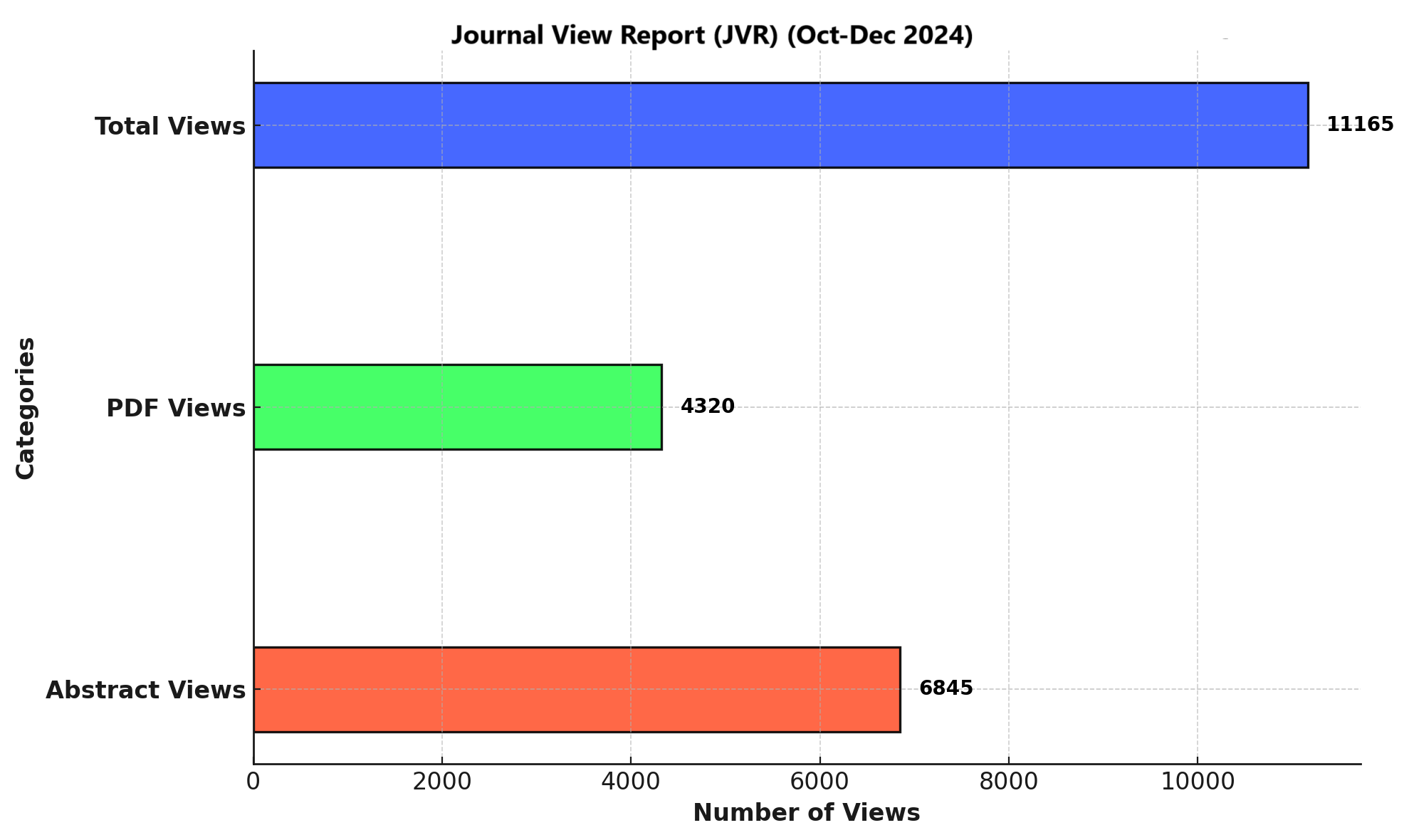Comparison of Effects of Conventional Constrained Induced Movement Therapy Versus Proprioceptive Neuromuscular Facilitation Technique to Improve Functional Motor Skills and Spasticity for Hemiparetic Upper Limb in Sub-Acute Stroke Patients.
DOI:
https://doi.org/10.71000/ijhr74Keywords:
Stroke rehabilitation, Constraint-Induced Movement Therapy, Proprioceptive Neuromuscular Facilitation, sub-acute stroke, motor recovery, spasticity reduction, upper limb function, randomized clinical trial, stroke therapy comparison, physical therapy techniquesAbstract
Background: Patients' independence and quality of life were greatly impacted by sub-acute strokes, which frequently caused decreased motor function and stiffness. Proprioceptive Neuromuscular Facilitation (PNF) and Constraint-Induced Movement Therapy (CIMT) are two popular rehabilitation approaches meant to enhance motor recovery and lessen stiffness.
Objective: This study aimed to compare the effects of Constrained Induced Movement Therapy versus proprioceptive neuromuscular facilitation technique to improve functional motor skills and spasticity for hemiparetic upper limb in sub-acute stroke patients.
Methods: An accessor blinded randomized clinical trial was conducted on 50 sub-acute stroke patients. Patients with age range 40 or above were included. Excluded patients had recurrence history of stroke, chronic stroke, heart disease, and presented with any type of skin discoloration. Group A (n = 25) underwent CIMT for two hours every day, five days a week, following up to five weeks. For five weeks in a row, Group B (n = 25) underwent PNF techniques for 1.5 hours per day, five days a week. The Action Research Arm Test (ARAT) was used to assess functional motor abilities, and the Modified Ashworth Scale (MAS) was used to quantify spasticity. These measures were taken both before and after the intervention.
Results: Both groups showed marked improvement in functional motor abilities and spasticity scores post-treatment. However, Group A (CIMT) demonstrated significantly greater improvements in functional motor skills (P>0.05), while Group B (PNF) showed significantly better outcomes in reducing spasticity (P>0.05).
Conclusion: Both treatment modalities were found to be efficacious, however group A (CIMT) exhibited improved motor recovery and group B (PNF) showed reduced spasticity; a p-value (p>0.05) indicated statistically significant differences between the two groups. This study results provide evidence for further use of these approaches in Stroke management.
Downloads
Published
Issue
Section
License
Copyright (c) 2024 Zohaib shahid, Regidor III Poblete Dioso, Muhammad Asghar (Author)

This work is licensed under a Creative Commons Attribution-NonCommercial-NoDerivatives 4.0 International License.







